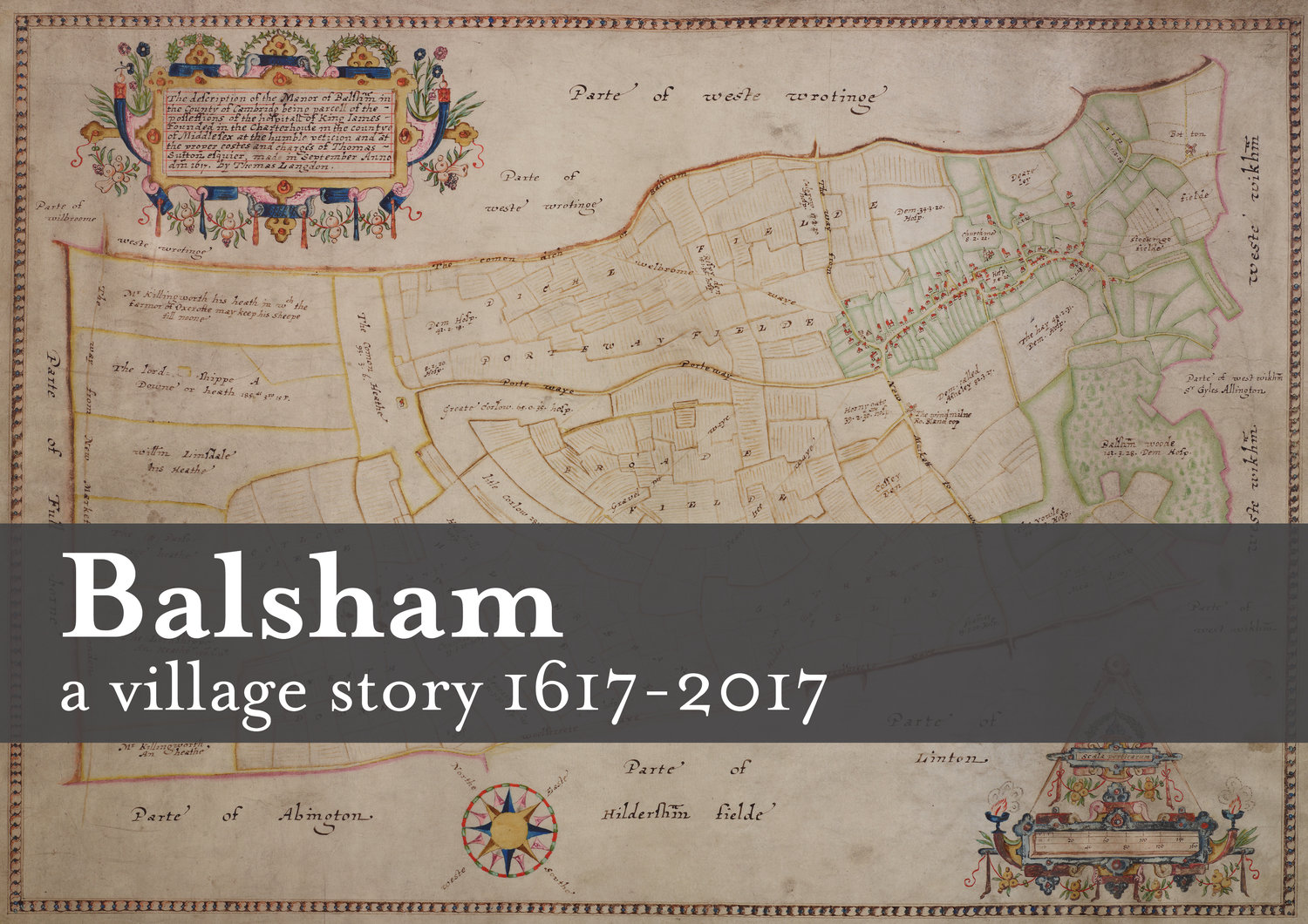In August 1914, Balsham was a village community largely involved in farming and dependant on horses and manpower. After the first months of mobile warfare and with mounting casualties, men in the village joined many other infantry line regiments as well as supporting arms of the Artillery (Royal Horse Artillery, Royal Garrison Artillery and Royal Field Artillery), Hussars and Yeomanry units.
Horse drawn guns and supply transport meant that many men became involved with horses especially in the Army Service Corps. Balsham men also served in vital support roles in the veterinary and medical Corps looking after both horses and men on the battlefields. The 11th Bn (Battalion) was also known as the Cambridge Suffolks or the Cambridge Pals, into which more than twenty-five Balsham men were recruited, saw service on the Western Front.
Enormous numbers of troops were required to support these military offensives. Naval actions and the overseas battlefields in the Balkans, Africa and Middle East and elsewhere stretched the resources of the existing regular forces and Kitchener had sent out his famous recruiting call for volunteers for his New Model Armies which was answered by thousands of young men enabling four New Armies called K1 to K4 to be formed. The young men of Balsham responded by cycling to the Linton recruiting office to join up.
After initial enlistment and training in Cambridge the Cambridge Pals moved to Ripon and then to Salisbury Plain before being briefed to sail to Egypt in December 1915. The demand for more troops in France for General Haig’s ‘Big Push’ in 1916, changed their posting. They became part of the 101st Brigade in 34th Division of K4 (Kitchener’s Fourth Army) and landed at Boulogne on 9th January, 1916.
July 1st 1916 saw them in the front line for The First Battle of the Somme in 101st Brigade (part of Cambridge Pals) and facing the German front line at la Boiselle. At 7.28am, underground mines laid by the British engineers were blown and two minutes later, the whistles were blown to instruct soldiers to advance across ‘No Man’s land’. The German defenders in their deep shelters, had suffered far less casualties in the preceding seven days of relentless artillery barrage when more than 1,750,0000 shells are fired into the German defences, They also had prior warning of the attack through telephone intercepts and emerged from their trenches with their maxim machine guns and decimate the British soldiers.
The 34th Division including the Cambridge Pals, suffered hundreds of casualties within minutes and the assault falters before reaching the German trenches. Adding to these horrific casualties was the rapid response of the German artillery to bombard the advancing soldiers. Many soldiers took cover in the Lochnagar crater (100 yards across and 90 feet deep made by a big mine explosion), until nightfall before escaping.
The first day of the Somme is now remembered for the most horrific casualty list of a single day of any conflict involving the British Army. Some 60,000 soldiers became casualties with more than 19,000 killed with probably more than 30,000 of those in the first hour. The 34th Division suffered the most of any division with 6,380 casualties. All these battalions were withdrawn from the line to recover and rebuild their fighting strength soon after this battle.
At the end of the war, Balsham had lost 28 of its menfolk in the conflict out of a census record total of 804 in 1911. After the War, memorials were erected throughout the country to remember those who had paid the ultimate sacrifice for their country. Balsham has its own memorial with the names of the fallen recorded on its plinth together with those who fell in the Second World War. The Holy Trinity church houses a record of all those who served in the Great War.
To find out more about the Great War and Balsham, the full article is published in the book which can be bought at The Old Butcher’s, the village Post Office or online. All proceed will be donated to local causes.

